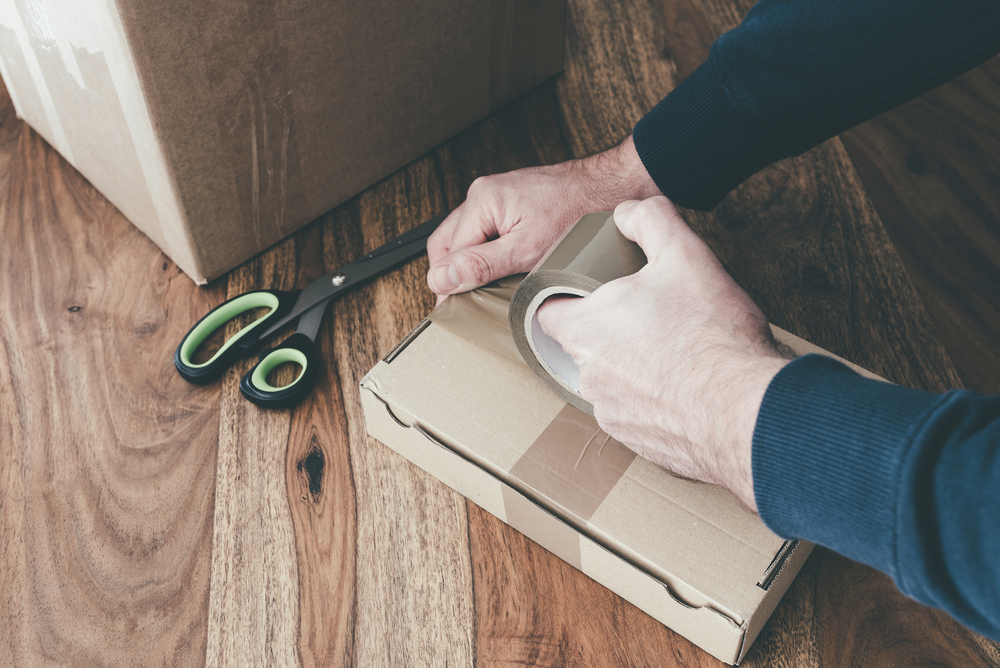
UK retailers are facing significant challenges in 2024, with the cost-of-living crisis and other economic challenges impacting consumers and businesses alike. To address this, many clothing retailers have run extended sales and promotions at the start of this year. This has been successful in raising sales, but it also inevitably means that companies have to deal with a higher volume of returns.
According to Statista, the most returned item in 2023 was clothing, making up 30 per cent of returns, with shoes accounting for 15 per cent. Boohoo is one retailer in particular that has shared worrying figures, indicating that returns have played a part in its 92 per cent reduction in profits, while wider industry analysis shows that UK shoppers sent back over £4.1bn of online clothing purchases in 2022, with this figure predicted to rise by 16.7 per cent before 2027.
For retailers, the issue of reverse logistics can be a perplexing one: companies need a rapid means of processing millions of returns and getting items back into stock – both online and in-store – to prevent losses. However, according to Exotec, this headache can be reduced by embracing modern warehouse automation that is best equipped to deal with returns.
Simon Jones, sales executive at Exotec, said: “As return rates continue to rise, retailers must process returned items and get them back into their sellable stock as quickly as possible. This is even more critical for the fashion industry as seasons are very short.
“However, for pure-play online fashion retailers, many of which sell hundreds of thousands of items between £10 and £25 at low margins, it is vital to get returned items checked, cleaned, and repacked rapidly before returning them to circulation for resale. It is no surprise that many are deciding to introduce fees for returns: in 2022, free retail returns cost the UK fashion industry £7 billion. Even with return fees, it is a costly process and one that must be managed efficiently.”
Simon continued: “Online retailers must ensure their fulfilment operation is as productive as possible to improve profitability, and crucially, that reverse logistics is given just as much attention as the rest of the operation.”








Share